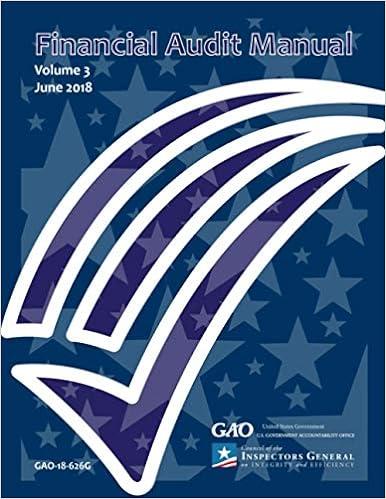
Check My Work eBook Bank of America's Consumer Spending Survey collected data on annual credit card charges in seven different categories of expenditures: transportation, groceries, dining out, household expenses, home furnishings, apparel, and entertainment. Using data from a sample of 42 credit card accounts, assume that each account was used to identify the annual credit card charges for groceries (population 1) and the annual credit card charges for dining out (population 2). Using the difference data, the sample mean difference was d= $850, and the sample standard deviation was sd = $1123. a. Formulate the null and alternative hypotheses to test for no difference between the population mean credit card charges for groceries and the population mean credit card charges for dining out. H: is equal to O H, : is not equal to o b. Use a = .05 level of significance. Can you conclude that the population means differ? no differ What is the p-value? (to 6 decimals) 0.0000 c. Which category, groceries or dining out, has a higher population mean annual credit card charge? groceries What is the point estimate of the difference between the population means? Round to the nearest whole number. 879 What is the 95% confidence interval estimate of the difference between the population means? Round to the nearest whole number. (ni, n2) = 432,1180 Hide Feedback Partially Correct Check My Work eBook Bank of America's Consumer Spending Survey collected data on annual credit card charges in seven different categories of expenditures: transportation, groceries, dining out, household expenses, home furnishings, apparel, and entertainment. Using data from a sample of 42 credit card accounts, assume that each account was used to identify the annual credit card charges for groceries (population 1) and the annual credit card charges for dining out (population 2). Using the difference data, the sample mean difference was d= $850, and the sample standard deviation was sd = $1123. a. Formulate the null and alternative hypotheses to test for no difference between the population mean credit card charges for groceries and the population mean credit card charges for dining out. H: is equal to O H, : is not equal to o b. Use a = .05 level of significance. Can you conclude that the population means differ? no differ What is the p-value? (to 6 decimals) 0.0000 c. Which category, groceries or dining out, has a higher population mean annual credit card charge? groceries What is the point estimate of the difference between the population means? Round to the nearest whole number. 879 What is the 95% confidence interval estimate of the difference between the population means? Round to the nearest whole number. (ni, n2) = 432,1180 Hide Feedback Partially Correct







